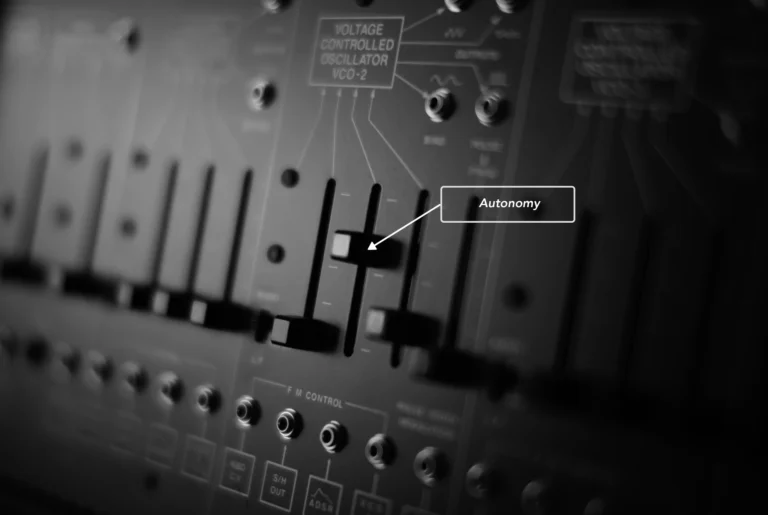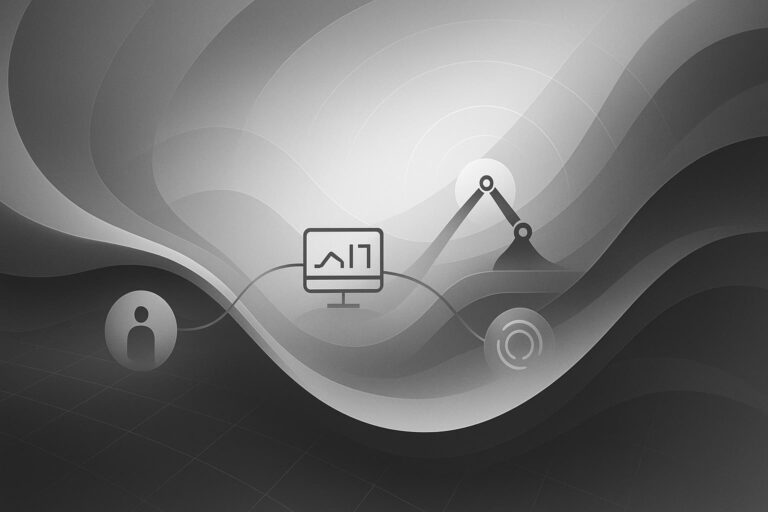Quadruped robots have captured the imaginations of many, thanks in large part to Boston Dynamics’ highly-entertaining viral videos featuring their robot, Spot. Despite their fresh moves, robots like Spot weren’t designed just to dance. Legged robots were built with real-world applications in mind, and thanks to recent advancements by the likes of Boston Dynamics, ANYbotics, and others, these machines are already leaving the lab and joining the workforce.
Unlike their wheeled, tracked, and aerial counterparts, legged robots excel at traversing rough terrain and other types of unstructured environments. Their ability to climb, step, and crawl makes them uniquely adapted to certain applications and use cases in which wheeled bots simply wouldn’t work.
These bots can be packed with a variety of sophisticated sensors, such as high-definition cameras, thermal cameras, lidars, 2D and 3D laser range finders, and gas sensors for measuring air contamination. These sensors facilitate autonomous navigation and allow for intelligent localization and object detection. What’s more, these quadrupeds are typically flat on top, and most often allow developers to install additional payloads to run custom application software on the robot itself.
Let’s take a look at five use cases where quadruped robots are making their presence felt in the real world:

Inspection
Perhaps the most well-documented and widespread application of quadruped robots is remote inspection. Thanks to their ability to traverse rough terrain and unstructured environments, these robots are proving incredibly useful as a means of inspecting or analyzing locations either dangerous or repetitive for humans. Some examples include inspecting buildings for gas leaks and surveying nuclear sites for contaminations. In fact, SpaceX has already put quadruped robots to work and garnered some media attention as a result. After one of their Starship prototypes was destroyed during an unsuccessful landing, a four-legged, “robot dog” was seen moving in to inspect the wreckage.
At Formant, we’ve been working with BP to help get their robotic inspection program up and running by making it easy to operate and observe their quadruped robots remotely. Given the wide array of low-cost, energy-efficient sensors now available on the market, one can imagine sending a legged robot out to measure and inspect virtually anything — from radiation levels to landmines.

Construction (Surveying)
When it comes to unpredictable, unstructured, and multi-leveled work environments, construction sites rank near the top of the list. That’s why our four-legged robotic friends are already being put to a variety of uses in the world of construction. One of these uses revolves around oversight and surveying. Quadruped robots can traverse a construction site and survey terrain, snap images using high-definition cameras, and build out 3D maps, providing operators a way to assess progress with both ease and precision. Is a foundation being set to the correct depth? Is a frame level? Is the project progressing on schedule? All these questions and more can be safely and accurately assessed using quadruped robots.

Delivery
Traditional, wheeled, mobile robots are already experiencing a growing wave of commercial adoption, especially as e-commerce delivery systems. Their ability to transport goods through planned, paved roads, and other such structured environments is proving to be incredibly successful. However, when it comes to complex, unpredictable, and unstructured environments, these bots are ill-equipped. These limitations have led the robotics industry to develop the quadruped robot. Their ability to transport materials across complex, unstructured environments makes legged robots the perfect, automated pack mules. They are able to transport payloads between buildings, move parts around factories, and navigate complex, often dangerous construction sites. In all these cases, these four-legged robots are taking on the more repetitive, tiring, and risky aspects of operations to reduce injury and increase efficiency.

Security & Monitoring
Security outfits have already found a number of effective uses for quadruped robots. One such application is the use of legged robots as “automated security guards”. Using lidar, cameras, and other sensors, a legged robot can be used to patrol buildings or outdoor locations and alert authorities if an intruder is detected. Once again, construction sites are an excellent example of an ideal environment for legged robots. Given the uneven, multi-level terrain, and the presence of highly valuable tools and raw materials needing to be left out overnight, legged robots are a perfect security solution to guard against theft.
Law Enforcement
Alternatively, legged robots can be used for law enforcement and anti-terrorism efforts. Quadrupeds are excellent tools for navigating potentially dangerous situations, such as a bomb scare. Imagine a suspicious package has been left in a public place and is suspected of being an incendiary device. Rather than risk the lives of law enforcement agents, one could deploy a legged robot to inspect the package, report its contents, and even potentially move the item to a less dangerous location. Similarly, quadrupeds can (and have been) used in hostage situations, in order to enter and assess an environment and situation prior to officers intervening. While standard mobile robots are generally more efficient on paved roads, the majority of the world is unpaved and often chaotic. As a result, legged robots are becoming the preferred tools in these applications.
Search and Rescue
Natural disasters are steadily increasing around the world, with earthquakes, hurricanes, and flooding becoming greater and greater threats to our daily lives. After such disasters, the number one priority is often the search and rescue of survivors. In these dire situations, robots are proving to be highly effective supplements to human efforts. Quadrupeds, in combination with other types of robots like drones, are excellent tools for providing situational awareness, mapping debris, and helping provide context to areas where it was previously extremely difficult to do so. Time is critical in all search and rescue efforts, and these robots are able to accelerate these operations and ultimately save lives.
Search and rescue efforts can also be dangerous, and are often focused in large, unpredictable, outdoor locations. For the same reasons quadruped robots are effective on construction sites, they excel at navigating these search and rescue environments. However, limitations still remain. Their ability to detect and isolate objects in these environments still needs improvement; and issues of battery life limit their ability to remain in the field for extended periods of time. Still, you can be certain that roboticists and engineers around the world are steadily working at resolving these issues.
The Human – Robot Partnership
The autonomy systems on these robots are already quite sophisticated, and they are steadily improving. However, in virtually every application, these quadruped robots still require some human oversight and intervention. Object detection systems may become confused by certain terrain or obstacles, sensors may fail, and unforeseeable complications may arise that require a human perspective. But having to walk one of these “robo-dogs” on a leash would completely defeat their purpose.
Remote teleoperation remains a key component to making quadruped robots both economically and operationally viable, and the ability to monitor and control these robots in real-time is critical for their success. At the same time, one human must be able to manage multiple robots in order to be cost-effective. By using a robot operations platform to reduce the overall human-to-robot ratio, businesses can ramp up their operations and establish positive unit economics.
Interested in learning what Formant can do for your 4-legged fleet? Check out our Formant + Spot solution for getting the most out of your quadrupeds.



